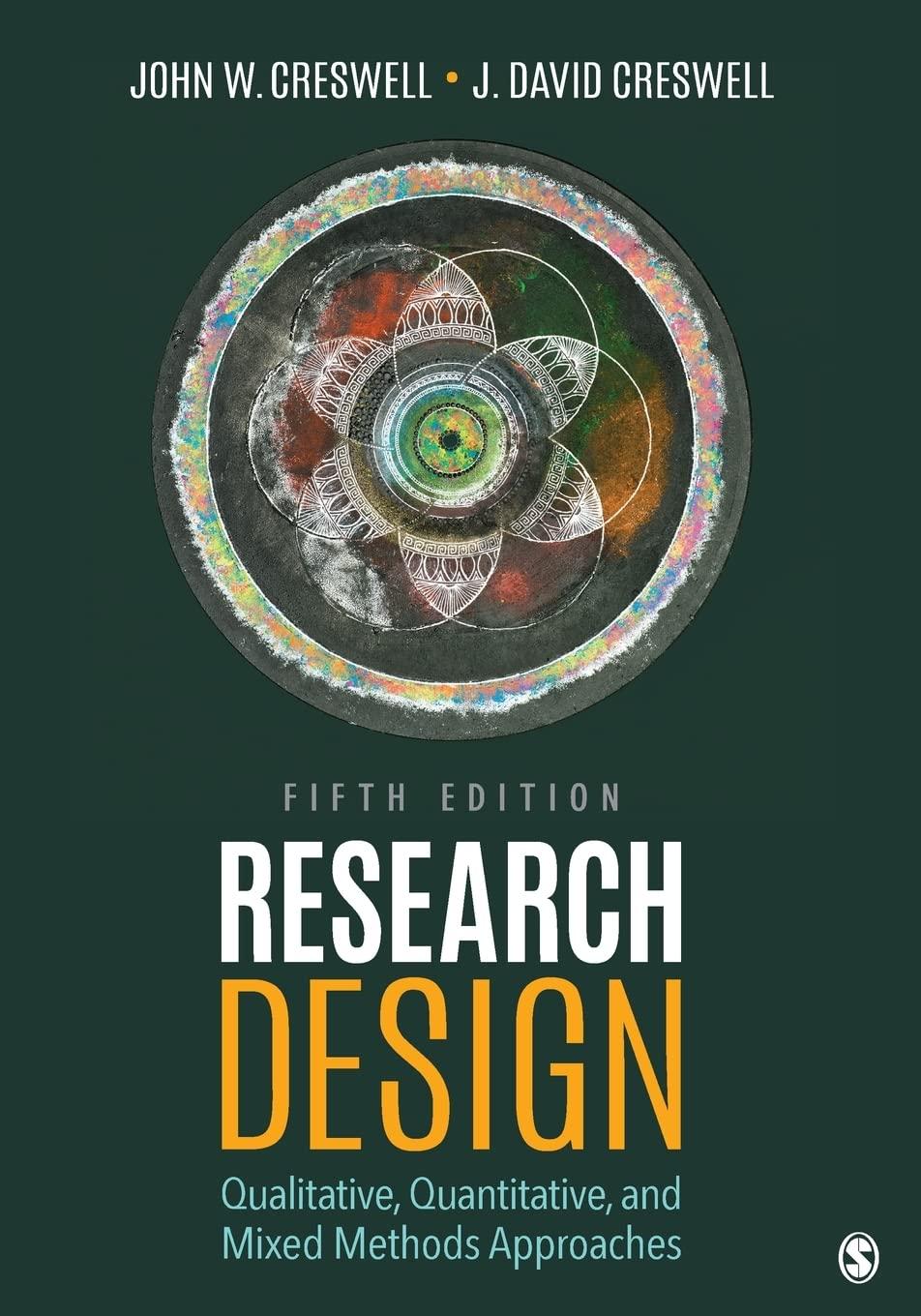Question
QUESTION 1 According to the Rybczynski theorem , at constant world prices, if a country experiences a gain in its labor forces but no change
QUESTION 1
According to theRybczynski theorem, at constant world prices, if a country experiences a gain in its labor forces but no change in its capital stock, it will produce
- More of the labor-intensive good and less of the capital-intensive good.
- More of both goods.
- Less of the labor-intensive good and more of the capital-intensive good.
- More of the labor-intensive goods but no change in the capital-intensive goods.
QUESTION 2
According to the Heckscher-Olin (HO) model, the source of comparative advantage is a country's
- Differences in Factor endowments
- Identical technology
- inter-industry trade
- Differences in productivity.
QUESTION 3
In the classical trade model, thesource of comparative advantageis
- Difference in factor endowment
- Difference in productivity or technology
- Difference in taste
- Difference in production processes for the goods.
QUESTION 4
Law of comparative advantage (LCA) says that the country should specialize in
- the good for which it has
- The least absolute disadvantage.
- The greatest absolute advantage
- The least absolute advantage
- (a) or (b)
QUESTION 5
The assumption of the trade models that factors of production cannot movebetweencountriesimplies that despite the occurrence of international trade
- The PPF determines the relative prices of goods and these prices are not equal.
- A nation's PPF shifts in.
- There will be no immigration and multinational corporations.
- All of the above.
QUESTION 6
Mercantilism
- Is a philosophy of free international trade.
- Was praised by David Ricardo inThe Wealth of Nations.
- Is a system of export promotion and barriers to imports practiced by governments.
- both (a) and (b).
QUESTION 7
The two assumptions for the trade models,no money illusionon part of the producer andperfect competitionin production, mean
- Relative price = Opportunity cost
- MR > MC
- P < MC.
- Wages in textiles = wages in soybeans.
QUESTION 8
Suppose that the autarky relative price for good X (PX/PZ) in terms of units of Z is 3 and the international terms of trade for that good X (ITOTX) is 9. Let exports of X be 10,000 units. How much are the imports of Z?
- 30,000
- 90,000
- 3,333
- 27,000
QUESTION 9
Suppose in CountryMthe wage rate (WM) is $2 an hour and the rental price of capital (RM) is $4, while in CountryNthe wage rate (WN) is $5 an hour and the rental price of capital (RN) is $6.
- CountryMis more capital-abundant and countryNis more labor- abundant.
- CountryMis more labor-abundant, and CountryNis more capital- abundant.
- Country N is more capital-intensive, while county M is more labor intensive.
- Both (a) and (b).
Step by Step Solution
There are 3 Steps involved in it
Step: 1

Get Instant Access to Expert-Tailored Solutions
See step-by-step solutions with expert insights and AI powered tools for academic success
Step: 2

Step: 3

Ace Your Homework with AI
Get the answers you need in no time with our AI-driven, step-by-step assistance
Get Started


